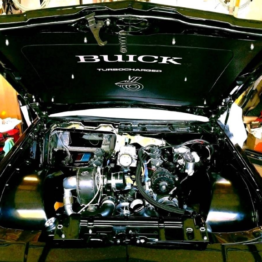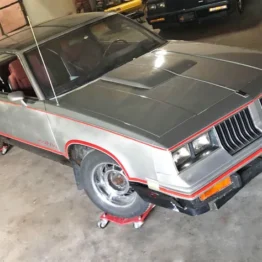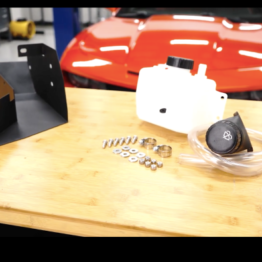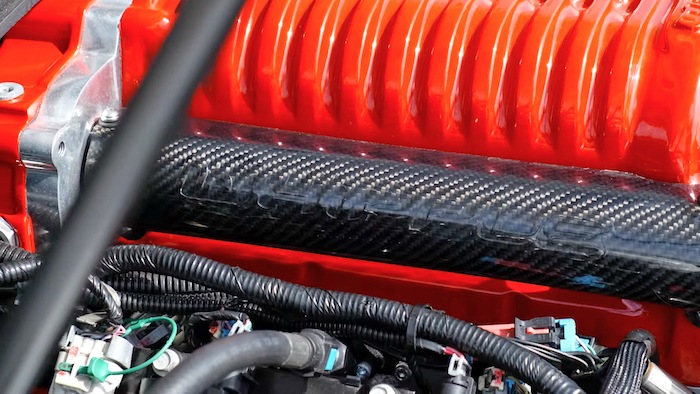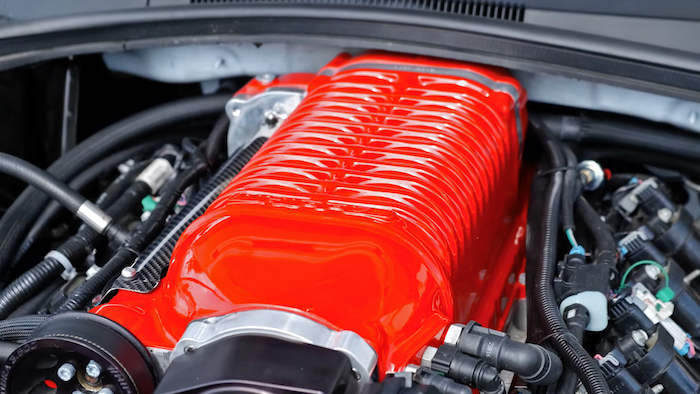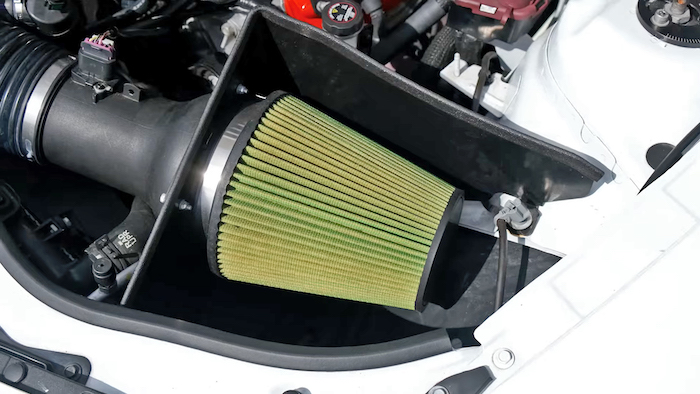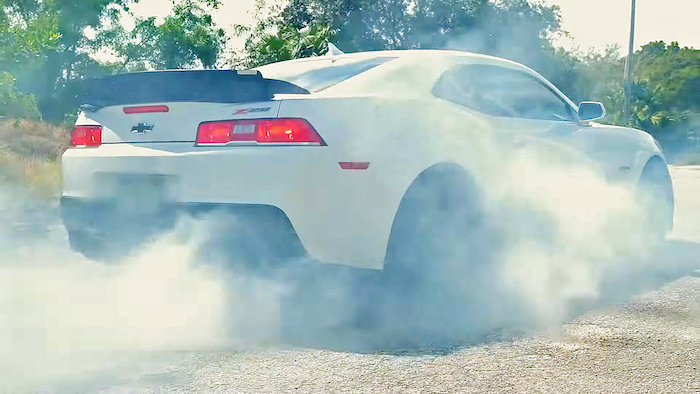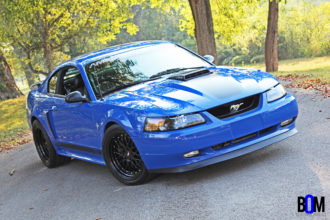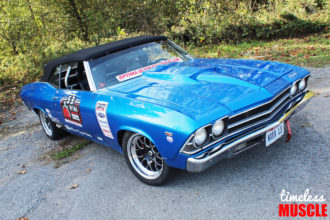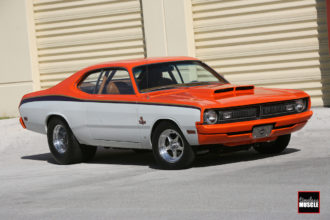The Camaro Z/28 is a car that had established its roots in road racing. Specifically, the Trans Am Series that had initially regulated the car to a limit of 305 cubic inches. With a high-revving small-block 302 under the hood from 1967-1969, it made a name for itself on the the Laguna Seca and other circuits. After 1970, and through most of the ’70s, the Z28 Camaro’s displacement would grow to 350 cubic inches, essentially using the same engine found in other passenger cars from Chevrolet, with minor differences.
Since basically 1977, the Z28 had become the bread and butter “performance Camaro,” and unfortunately the Bow-Tie brand slept on proper innovation, evolution and performance. It was essentially downgraded from a track-focused race car for the street, to Chevrolet’s idea of a Mustang GT.
When Chevrolet had announced that it would resurrect the Z/28 nameplate for the 2014 model year, for the first time since 2002, enthusiasts were stoked. However, Chevrolet had something else in mind when it came to stamping that coveted Z-2-8 badges to the Camaro flanks. Instead of making it a V8 Camaro for the everyman, like it had been, it returned to its roots as a track-focused race car for the street. Under the hood was a high-revving small-block, but a 7-liter version yanked form the C6 Z06 Corvette. Like the C6Z, it rocked a full 500hp and a 7000 RPM red line, and was only available with a 6-speed manual transmission.
It utilized massive, full ceramic massive brakes intended for the C7 Z06 — which wasn’t even out yet — it went on a diet, had unique aero features, 305mm rubber at all four corners and an upgraded suspension, over the SS and even the ZL1.
Unfortunately, the large bore/stroke LS7 wasn’t exactly built for boost, so while some owners decided to be brave and slap a blower one theirs with no real foundation to do so in place, others weren’t so brazen. One such case is the example you’re looking at on this page. Built by Erik Bentley of Florida High Performance, it packs 7-liters and boost, but does so properly. No longer relying on the LS7 short block that the car came with, Erik had ordered a custom-built Texas Speed 427, based on an aluminum 5.3L block sourced from a truck. Digging deeper, and we see a set of forged pistons, rods and a crank. Darton sleeves were also utilized into the short-block.
Erik sent the stock heads out to West Coast Cylinder Head for a CNC port job, to increase the airflow and to maximize the efforts of that awesome 2.9L Whipple Supercharger that sits on top of that 7-liter mill. With a 3.5-inch upper pulley and 9-psi., it helps generate a total of 760hp/700 lb-ft of torque to the rear tires. Of course, that couldn’t be down without a boost friendly custom camshaft, a Nick Williams 103mm throttle body, and an Innovators West harmonic balancer. Rounding out the res of the mods is an upgraded fuel system and a set of American Racing Headers; with 3-inch exhaust tubing running from the 2-inch diameter long-tube header primaries.
Backing the nearly 800hp mill is a Z/28-specific twin-disc that can handle over 1,000hp, sourced directly from Monster Clutches. Additional aero on the car has been implemented, and the whole package is a vehicle that can out handle and outperform just about anything with four wheels.

AutoCentric Media is the fastest-growing all-encompassing digital magazine, catered to automotive enthusiasts from all walks of life, with various interests.



